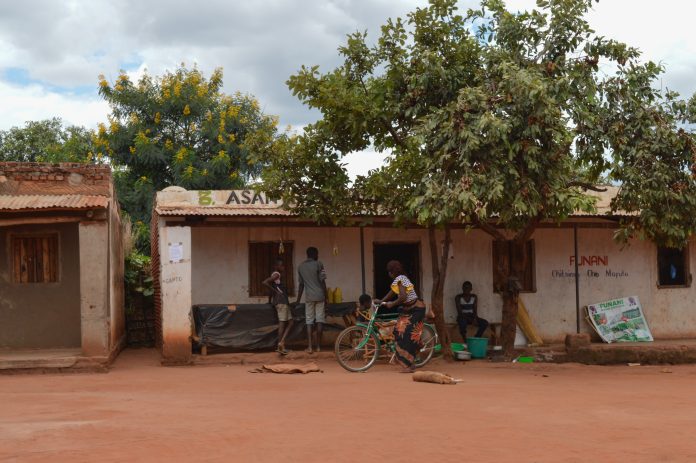Christine Sund, Senior Advisor, ITU Regional Office for Africa at International Telecommunication Union argues that the Internet of Things can make a difference in the developing world
Technology has been fundamental during COVID-19 with work, school, commerce and socialising moving online. 1.5 billion children are currently out of school, many of them accessing education online for the first time. And technology is helping to combat the virus itself, with a vast amount of data being analysed to develop new medicine faster, as well as tracking the spread of infection.
Never before has the digital divide been so apparent. 3.6 billion people remain unconnected and billions of people, who we count as connected, are using slow, unreliable, expensive hand-held devices. Without access to technology, these people cannot make use of the available e-health, e-education, e-commerce tools impacting their livelihoods and wellbeing in the short term and in the years ahead.
The Internet of Things (IoT)
The Internet of Things (IoT) seemed like science fiction when first discussed back in 2005. Examples of refrigerators ‘talking’ to supermarkets, commuters in self-driving cars, and wearables providing real-time health checks were set squarely in the luxury market. And, fifteen years later, these IoT innovations do exist to some degree, however, it is the use of IoT/smart technology in the developing world to reduce poverty and improve lives that has been the technology’s most inspiring achievement.
Although many developing countries don’t yet have the bandwidth required to utilise IoT for retail, ticketing, inventory control and other advantages that much of the world takes for granted, there are still many examples of IoT helping to change lives. In Kenya, over 300 smart hand-pumps have been installed across three counties, supplying over 60,000 people in rural areas with water. Smart hand-pumps make reporting immediate and efficient, ensuring quick repairs to maintain the water supply. Only 3% of smart hand pumps are estimated out of action, compared with up to a third of usual pumps across Africa.
In Kenya, Botswana and India, smartphones have been used to screen and test eyes of over 250,000 people, paid for by partner charities and governments. Complementary to medical analysis, these eye tests are helping individuals who are unable to visit or afford a doctor.
In terms of a clean environment, remote sensor networks now monitor air quality and a wide range of pollutants for a huge number of cities around the world. New Delhi’s Air Quality Index, launched in March 2020, reports real-time air pollution in the Indian capital city, and other online portals are providing future forecasts of local air quality and weather.
The Food and Agriculture Organization (FAO)
The Food and Agriculture Organization (FAO) reported that the use of mobile phones has shortened the distance between isolated smallholder farmers and markets (and other essential services) and improved extension farmer support services. In Sri Lanka, a virtual trading floor, FarmerNet, connects produce buyers and farmers via text messaging, as well as providing e-vouchers and mobile finance for farmers.
Protecting the environment has a direct impact on some of the world’s poorest communities and there is a fascinating set of use cases for monitoring air quality, fighting pollution, safeguarding forests, mitigating climate change and monitoring populations of rare and endangered animals around the world.
However, applications of IoT for development are trailing consumer applications, which are ahead in getting the most investment, research and development. Fifteen years on from ITU’s earliest work on IoT, promising new IoT applications are slowly becoming more available to poorer consumers in developing countries. But it will still take time for these applications to gain scale and widespread use in the countdown to 2030.
The IoT advances that have been achieved are inspiring, but unless we address the connectivity issues suffered by so many people, the digital divide remains perilous. We should not accept as normal that every second person on the planet is having to manage without this vital digital lifeline. The COVID-19 pandemic has focused our governments on how technology can be used for the public good. We now have a unique opportunity to harness the tide of political will and push through wide-reaching improvements to reduce the digital divide and connect everyone with the life-changing advantages that IoT can bring.











